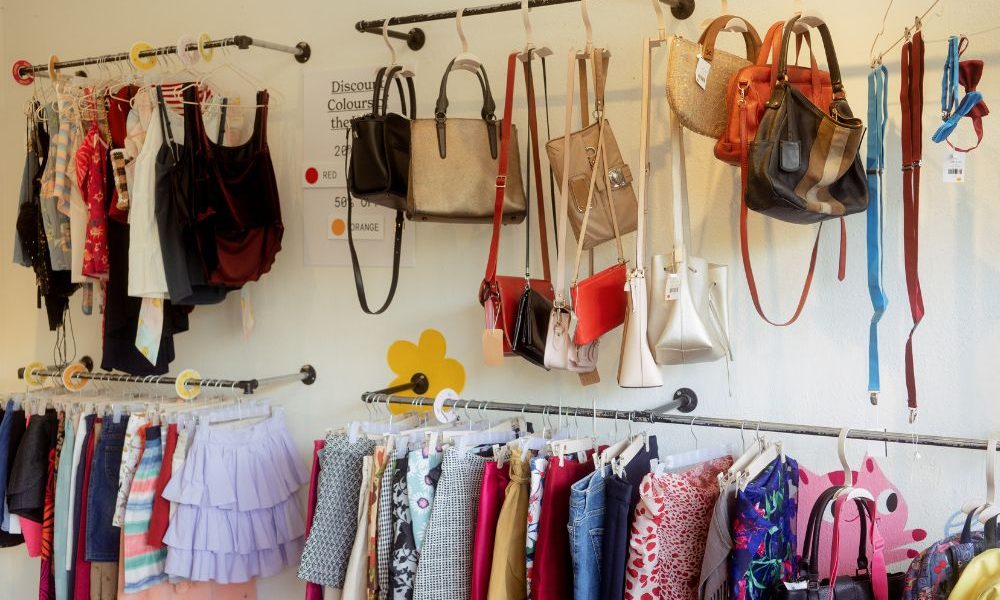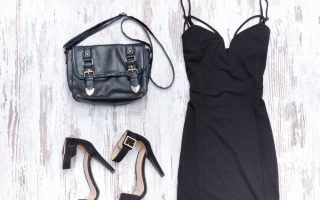The fashion industry is a captivating blend of creativity and commerce. While the glamorous runways and trendy designs often steal the spotlight, there’s an intricate business framework behind the scenes that drives this multi-billion-dollar industry. Understanding the business of fashion involves looking beyond the clothes to the people who create them, the strategies that market them, and the economic forces that sustain them. As Anna Wintour, Editor-in-Chief of Vogue, aptly puts it, “Fashion is not just about clothes. It’s about the people who create them, the people who wear them, and the stories that they tell” (The September Issue documentary). In this article, we’ll delve into the various aspects of the fashion business, from design and production to marketing and retail, providing insights and practical advice for those interested in this dynamic field.
The Creative Vision: Designers and Collections
The Role of Fashion Designers
Fashion designers are the visionaries behind the clothes we wear. They conceptualize and create collections that reflect their artistic expression and respond to market demands. The journey of a fashion designer begins with inspiration, which can come from anywhere—nature, art, history, or contemporary culture. This inspiration is then transformed into sketches and, eventually, into garments.
Personal Anecdote: When I visited a local designer’s studio, I was struck by the blend of creativity and meticulous planning that went into each piece. From selecting fabrics to perfecting patterns, every detail was considered to ensure the final product met the designer’s vision.
Fashion Collections and Seasonal Trends
Fashion collections are typically released in two major seasons: Spring/Summer and Fall/Winter. Designers present their collections at fashion weeks in major cities like New York, Paris, Milan, and London. These events set the trends for the coming season and influence the entire industry.
Miuccia Prada, Co-CEO and Lead Designer of Prada, emphasizes, “Fashion is a reflection of society. It’s a way for us to express ourselves, our values, and our aspirations. But it’s also a business, and we need to be mindful of the impact our choices have on the world” (Interview with The New York Times).
The Business Framework: From Production to Retail
Production and Supply Chain
The production process in fashion involves multiple stages, from sourcing raw materials to manufacturing garments. Fashion brands must navigate complex supply chains, often working with suppliers and factories around the world. Ensuring quality, maintaining ethical standards, and managing costs are critical aspects of this process.
The Importance of Supply Chain Management
Effective supply chain management is crucial for meeting production deadlines and maintaining product quality. Brands must also consider the environmental and social impact of their supply chains, as consumers increasingly demand transparency and sustainability.
Retail and Distribution
Once the garments are produced, they need to be distributed to retailers and consumers. Fashion brands use various distribution channels, including brick-and-mortar stores, online platforms, and wholesale partnerships. The rise of e-commerce has transformed the retail landscape, allowing brands to reach a global audience.
François-Henri Pinault, Chairman and CEO of Kering, notes, “The fashion industry is constantly evolving. To stay ahead, you need to be agile, innovative, and always looking for new ways to connect with consumers” (Kering website).
Marketing and Branding: Reaching the Consumer
The Role of Marketing in Fashion
Marketing is a vital component of the fashion industry, helping brands build their identity and connect with consumers. Fashion marketing involves a range of activities, from advertising and public relations to social media and influencer partnerships.
Building a Strong Brand
A strong brand is essential for standing out in the competitive fashion market. Brands must create a cohesive identity that resonates with their target audience. This involves consistent messaging, distinctive visuals, and a clear value proposition.
Bernard Arnault, Chairman and CEO of LVMH, explains, “In the world of fashion, you need to be very creative, but you also need to have a very solid understanding of business. It’s a balance between art and commerce” (Harvard Business Review).
The Power of Social Media
Social media has revolutionized fashion marketing, providing brands with direct access to consumers. Platforms like Instagram, TikTok, and Pinterest allow brands to showcase their products, engage with their audience, and drive sales. Influencer marketing has also become a powerful tool, with influencers helping to amplify brand messages and reach new audiences.
Unique Study: A study published in the Journal of Fashion Marketing and Management (2020) examines the impact of social media on career opportunities in the fashion industry. It found that social media platforms play a significant role in personal branding, networking, and job searching.
Financial Management in Fashion
Revenue Streams and Profit Margins
Fashion brands generate revenue through various streams, including retail sales, wholesale partnerships, and licensing deals. Managing these revenue streams effectively is crucial for maintaining profitability. Brands must also keep a close eye on their profit margins, ensuring that they are not compromised by high production costs or excessive discounting.
Financial Planning and Budgeting
Effective financial planning and budgeting are essential for sustaining a fashion business. Brands must plan their finances carefully, allocating resources to production, marketing, and other critical areas. Financial management also involves forecasting sales, managing cash flow, and securing funding when needed.
Sustainability in Fashion
The Importance of Sustainable Practices
Sustainability has become a significant focus in the fashion industry, driven by consumer demand and regulatory pressures. Brands are adopting sustainable practices to reduce their environmental impact and promote ethical production.
Unique Study: The Ellen MacArthur Foundation report (2017) highlights the environmental impact of the fashion industry, emphasizing the need for sustainable practices. The report calls for a shift towards a circular economy, where clothes are designed to be reused and recycled.
Sustainable Materials and Ethical Production
Using sustainable materials and ensuring ethical production are key components of a sustainable fashion strategy. Brands are exploring eco-friendly fabrics, such as organic cotton, recycled polyester, and Tencel. They are also working with suppliers to ensure fair labor practices and reduce the environmental impact of production.
Amina Razvi, Executive Director of the Sustainable Apparel Coalition, states, “Sustainable fabrics are those that minimize the environmental and social impact of clothing production. They prioritize resource conservation, ethical sourcing, and fair labor practices” (Sustainable Apparel Coalition Website).
Innovation and Technology in Fashion
The Role of Technology in Fashion
Technology is transforming the fashion industry, driving innovation in design, production, and retail. From 3D printing and virtual reality to data analytics and AI, technology is enabling brands to create more efficiently, connect with consumers, and enhance the shopping experience.
Digital Transformation
The digital transformation of fashion involves the integration of digital technologies into all aspects of the business. This includes e-commerce platforms, digital marketing, and virtual showrooms. Brands are also leveraging data analytics to gain insights into consumer behavior and optimize their operations.
Personal Anecdote: During a visit to a fashion tech startup, I saw firsthand how technology is being used to streamline production processes and create personalized shopping experiences. The company’s use of AI to predict fashion trends and optimize inventory was particularly impressive.
Career Opportunities in Fashion
Exploring Different Career Paths
The fashion industry offers a wide range of career opportunities, from creative roles like design and styling to business-focused positions in marketing and finance. Understanding the different career paths can help you find your niche and pursue a fulfilling career.
Tim Gunn, a fashion consultant and TV personality, advises, “Success in the fashion industry requires a combination of creativity, business acumen, and a strong work ethic. It’s not always glamorous, but it’s incredibly rewarding for those who are truly passionate about it” (Tim Gunn’s Fashion Bible).
Building a Successful Career
Building a successful career in fashion requires passion, perseverance, and continuous learning. Networking, gaining practical experience, and staying informed about industry trends are essential for career advancement.
Eva Chen, Director of Fashion Partnerships at Instagram, emphasizes, “The fashion industry isn’t just about designers and models. There are so many different career paths, from styling and merchandising to marketing and journalism. The most important thing is to find your passion and pursue it relentlessly” (Business of Fashion).
Conclusion
The business of fashion is a complex and dynamic industry that goes beyond the glamorous runway shows and trendy designs. It involves a delicate balance of creativity and commerce, requiring a deep understanding of production, marketing, financial management, and sustainability. By exploring the various aspects of the fashion business and embracing the challenges and opportunities it presents, you can build a successful career and make a meaningful impact on the industry.
Remember, as Anna Wintour wisely states, “Fashion is not just about clothes. It’s about the people who create them, the people who wear them, and the stories that they tell” (The September Issue documentary). Embrace your passion, stay informed, and be open to learning and evolving as you navigate the exciting world of fashion.




